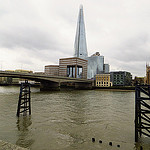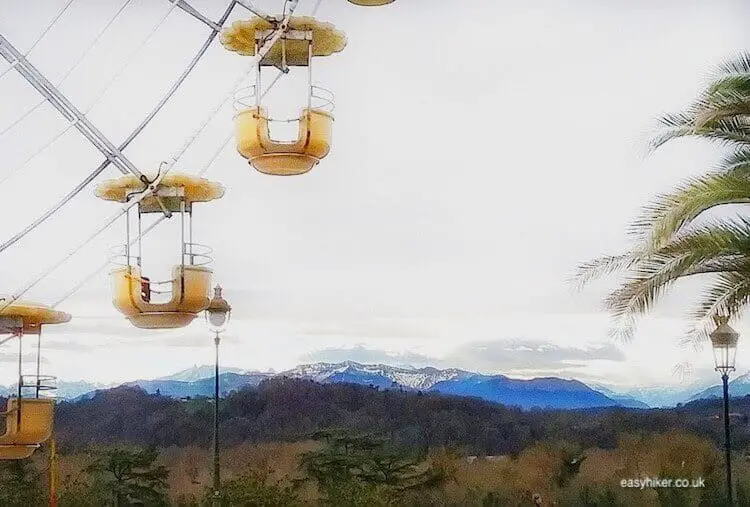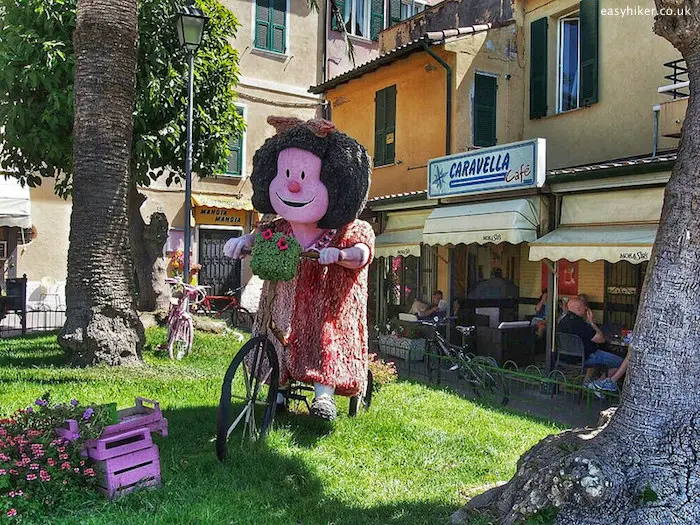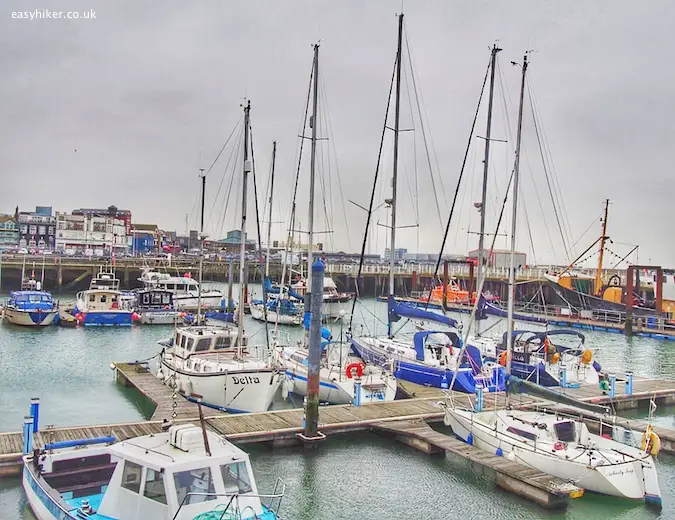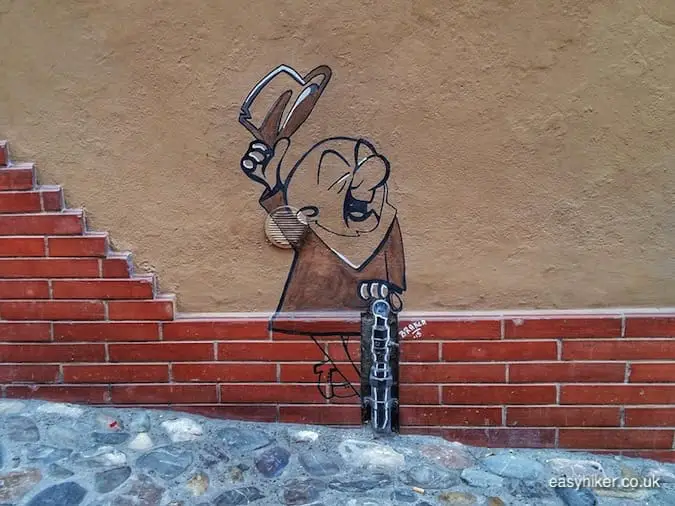When you visit a city for the first time and are not quite sure what you want to see, it is always a good idea to start with the unusual, the distinctive and – if possible – the unique.
Our last post about Lyon, for example, concentrated on the Traboules (underground passages between buildings) and the city’s monumental urban art. That’s not bad for starters, but if we had followed our own advice to the letter, we would have explored “La Confluence” first, the area around the junction of Lyon’s two rivers.

After all, the meeting of two of France’s foremost rivers is what really defines Lyon. And what is more: the southern tip of the Presqu’ile de Lyon – the peninsula between the two rivers on which most of Lyon’s inner city stands – provides the stage for one of the largest such confluences in Europe.
It is here where the Rhone, the source of the largest fresh water discharge into the Mediterranean (more than either Po or Nile), meets the Saone, the most sizeable French river that does not directly flow into the sea – most sizeable by drainage basin, that is, which is how seniority of rivers is normally established.
For hundreds of years, the southern sections of the presqu’ile served as the “dirty basement” of the city’s handsome residential neighbourhoods and showpiece quarters: this is where the Lyonnais stashed away everything they did not want in the centre of their beautiful city – municipal slaughterhouses, prisons, rubbish tips, you get the idea.
20 years ago, however, the government decided to use this neglected and semi-derelict part of the city as the site for a grand new town planning project, an “écoquartier” that was meant to provide the city, its businesses and its residents with open spaces while embodying the principles of sustainable urban development.
The first phase of the La Confluence project has now been completed. Iconic signature buildings such as the Orange Cube …

… and the editorial offices of the Euronews TV station (both built by the same firm of architects, as you may not be surprised to hear) …

… rub their steel-and-glass shoulders with industrial buildings from a previous generation that have been repurposed – such as La Sucrière, formerly a sugar factory warehouse that was converted into an exhibition-and-events centre for modern art.

But the La Confluence quarter was not conceived as an exclusive space for businesses and showcase events.
The heart of Lyon’s “New Town” is a commercial center …

… which is surrounded by residential homes for a total of 3000 people. All of this newly created urban fabric has been carefully designed around aquatic themes, reflecting the quarter’s vicinity to the river junction …

… and – in line with the principles of the national government’s “écoquartier” programme – it also features extensive recreation zones for residents, shoppers and office workers.

The La Confluence quarter reserves its most eye-catching feature for last.
Near the tip of the peninsula, an alien spaceship seems to have landed …

… although further inspection reveals that this is, in fact, the Musée des Confluences (dedicated to the sciences and anthropology), which was designed by the Vienna-based firm Coop Himmelb(l)au.
To explore the La Confluence of Lyon quarter, we suggest you start at the Lyon Perrache train station, leaving the building through the back exit – not the one that leads to the city centre – and continuing towards the right until you reach the Quai Rambaud on the left bank of the Saone.

Initially, the walk is rather bucolic in character, but the scenery changes dramatically when the shopping centre around the old riverboat harbour comes into view.
From here to the Musée des Confluences, the architectural highlights of the quartier are all lined up like pearls on the string of the Quai Rambaud.
Behind the museum, the peninsula narrows down rapidly until it is only a few meters wide …

… and you can see the two rivers ripple against each other, as they must have done for tens of thousands or hundreds of thousands of years …

… whereas the railway tracks that once served to supply goods to and from the harbour, now only lead, poignantly, to a terminal somewhere on the bottom of the riverbed.
The rhythms of nature are slow and steady, but human clocks are ticking away at a frenetic pace, and what you see today in the La Confluence of Lyon and its quarter is just a still-photograph of an ongoing process: the area looked different 10 years ago when many of today’s buildings were still under construction.
It will look different again in another 10 years time when the second stage of the project (scheduled to be completed in 2025) will have added residential homes and office blocks – mainly – on the Rhone side of the river junction.
So you’d better go soon because things may change – and remember what Heraclitus very nearly said: you cannot step into the same city twice.
This has always been more true for some than for others.



